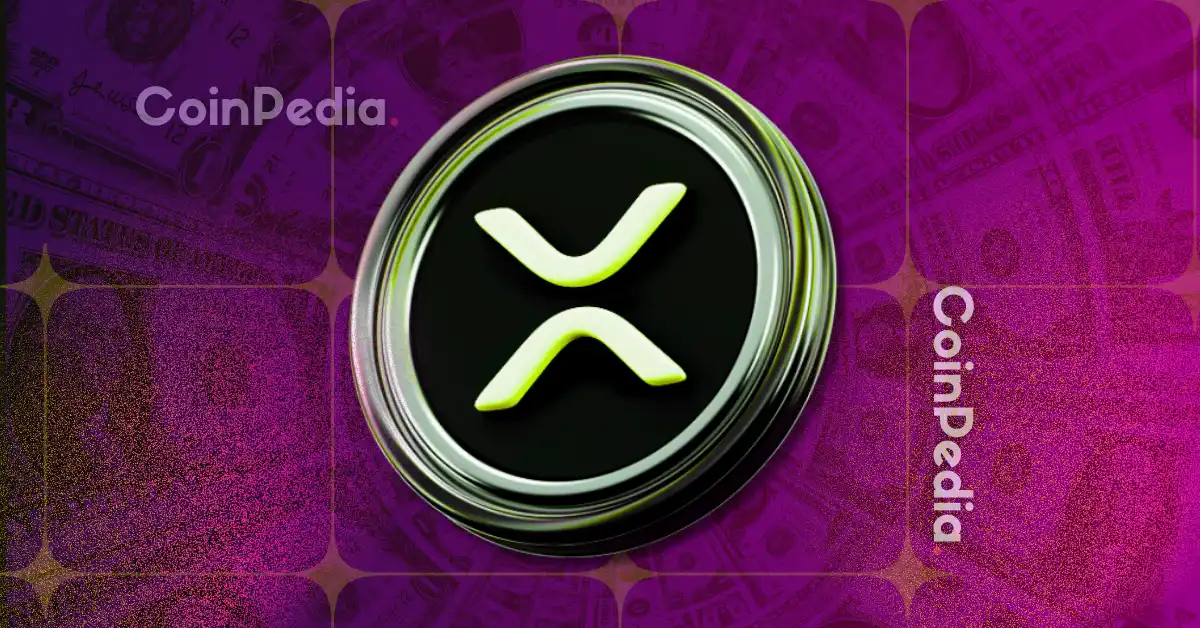The Rise of XRP: Navigating Institutional Interest and Regulatory Challenges
A New Era for XRP
The cryptocurrency market has long been characterized by its volatility and rapid shifts, but beneath the surface, transformative developments are reshaping the financial landscape. Among these, the growing institutional interest in XRP stands out, particularly with Teucrium Trading’s launch of an XRP-linked ETF. This move, coupled with mounting criticisms of SEC Chair Gary Gensler’s regulatory approach, suggests a potential turning point for XRP and the broader crypto industry.
Teucrium’s Strategic Foray into XRP
Teucrium Trading, a firm renowned for its commodity ETFs, has made a bold entrance into the crypto space with the launch of a 2x Long Daily XRP ETF (ticker: XXRP). This ETF is designed to deliver twice the daily return of the XRP token through the use of swaps. While leveraged ETFs are inherently risky and tailored for short-term trading strategies, Teucrium’s decision to introduce one based on XRP underscores the firm’s confidence in the cryptocurrency’s potential.
Sal Gilbertie, CEO of Teucrium, has been vocal about the company’s rationale. He emphasizes XRP’s “true use case” and “real-world utility,” highlighting its functionality within the global financial system. Gilbertie specifically points out that XRP distinguishes itself among cryptocurrencies as a token with a clear function and the backing of Ripple Labs. He also notes a “pent-up demand” for XRP within traditional Wall Street investment vehicles. Teucrium views XRP not just as a tradable asset but as a tool ready for integration into the global financial system. Gilbertie’s perspective aligns with the growing sentiment that XRP is poised to play a pivotal role in the future of finance.
Regulatory Uncertainty and Gensler’s Approach
The launch of Teucrium’s XRP ETF occurs against a backdrop of ongoing regulatory uncertainty in the United States, largely attributed to the approach of SEC Chair Gary Gensler. Gensler has faced criticism for his perceived heavy-handedness in regulating the crypto industry, with some accusing him of waging a “war on crypto.”
Ripple CEO Brad Garlinghouse has been particularly critical of Gensler, blaming him for the protracted legal battle between Ripple and the SEC. While the SEC recently approved spot Bitcoin ETFs, a move some interpret as a softening stance, Gensler’s repeated expressions of caution regarding crypto assets continue to fuel controversy.
Teucrium CEO Sal Gilbertie has also voiced concerns about Gensler’s “U-turn” on crypto ETFs. The SEC’s initial hesitation and requests for firms to withdraw their filings highlight the regulatory hurdles and uncertainties that persist in the industry. This regulatory ambiguity not only stifles innovation but also creates an uneven playing field for businesses operating in the crypto space.
The XRP Army and Market Dynamics
Despite regulatory challenges, XRP boasts a strong and dedicated community, often referred to as the “XRP Army.” This community’s enthusiasm and belief in XRP’s potential have undoubtedly contributed to the demand for investment products like Teucrium’s ETF.
The initial market response to the XXRP ETF launch has been overwhelmingly positive, with Gilbertie describing it as Teucrium’s most successful ETF launch to date. This strong debut underscores the pent-up demand for XRP exposure in the US market and suggests that investors are eager to tap into XRP within a regulated investment framework.
However, it is crucial to acknowledge the risks associated with leveraged ETFs. As Gilbertie himself cautions, the XXRP ETF is designed for active market players with a short-term outlook on XRP. It is not a “buy-and-hold” investment due to the compounding risk of daily-reset leveraged products. Retail investors, in particular, should exercise caution and understand the intricacies of these instruments before investing.
XRP’s Utility: Beyond Speculation
One of the key reasons behind Teucrium’s support for XRP is its perceived utility. Unlike some cryptocurrencies that primarily function as speculative assets, XRP is designed to facilitate faster and cheaper cross-border payments. Ripple Labs, the company behind XRP, has been actively promoting its use in various financial applications, aiming to transform the way international transactions are conducted.
Gilbertie has stated that XRP offers the “highest utility” among cryptocurrencies. This assertion is based on the belief that XRP is functional and ready for use in the global financial system. As traditional financial firms increasingly recognize the potential of blockchain technology and digital assets, XRP’s focus on real-world applications positions it favorably for future adoption.
The Path Forward
The launch of Teucrium’s XRP ETF represents a significant step towards mainstream acceptance of XRP and the broader crypto market. It provides a regulated avenue for investors to gain exposure to XRP, potentially attracting institutional capital and further legitimizing the asset class.
However, the future trajectory of XRP and the crypto industry remains uncertain. Regulatory clarity is crucial for fostering innovation and attracting long-term investment. The ongoing legal battles between the SEC and various crypto companies highlight the need for a more comprehensive and balanced regulatory framework.
A Promising Future
Teucrium’s bold move to launch an XRP ETF, coupled with growing criticism of Gary Gensler’s regulatory approach, suggests a potential shift in the crypto landscape. While challenges remain, the increasing recognition of XRP’s utility and the demand for regulated investment products signal a promising future for the cryptocurrency. The launch of Teucrium’s XRP ETF is a testament to the growing acceptance of XRP as a valuable tool in the evolving financial ecosystem. While the path forward is not without its obstacles, the tides appear to be turning in favor of innovation and a more inclusive financial future.

